3 tips for a home as unique as you are

The weekly micro-decorating newsletter * Issue 13 of 13, SS25 * Subscribe free *
Creating a home that reflects your unique way of seeing the world is a lifelong process. You'd think it would be easy in a time of ubiquitous digital guidance to find a design aesthetic that works for you – but in reality, the volume of possibilities can be paralyzing.
So, to close this season, here are three approaches I recommend to help you refine your personal taste, the foundation for making your environment uniquely yours.
Mine the past
One way to forge an original path is to take a break from screens and their pixel-perfect offerings, turning to older forms of interior design insight. You might have a relative with a stack of old decorating magazines you can borrow. Your local flea markets and vintage shops are another possible source – and of course, there's always eBay.
By choosing long-forgotten source material, you can practice finding out what you like and don't like with imagery that hardly anyone else is looking at. It's a great way to develop an original point of view.
When I toured Full Room recently, Mathieu let me flip through his extensive collection of old Décormags, a publication that showcased the most avant garde interiors of the Seventies and Eighties. He gave me two issues he had duplicates of, and the cover of the January 1977 issue illustrates what I mean:
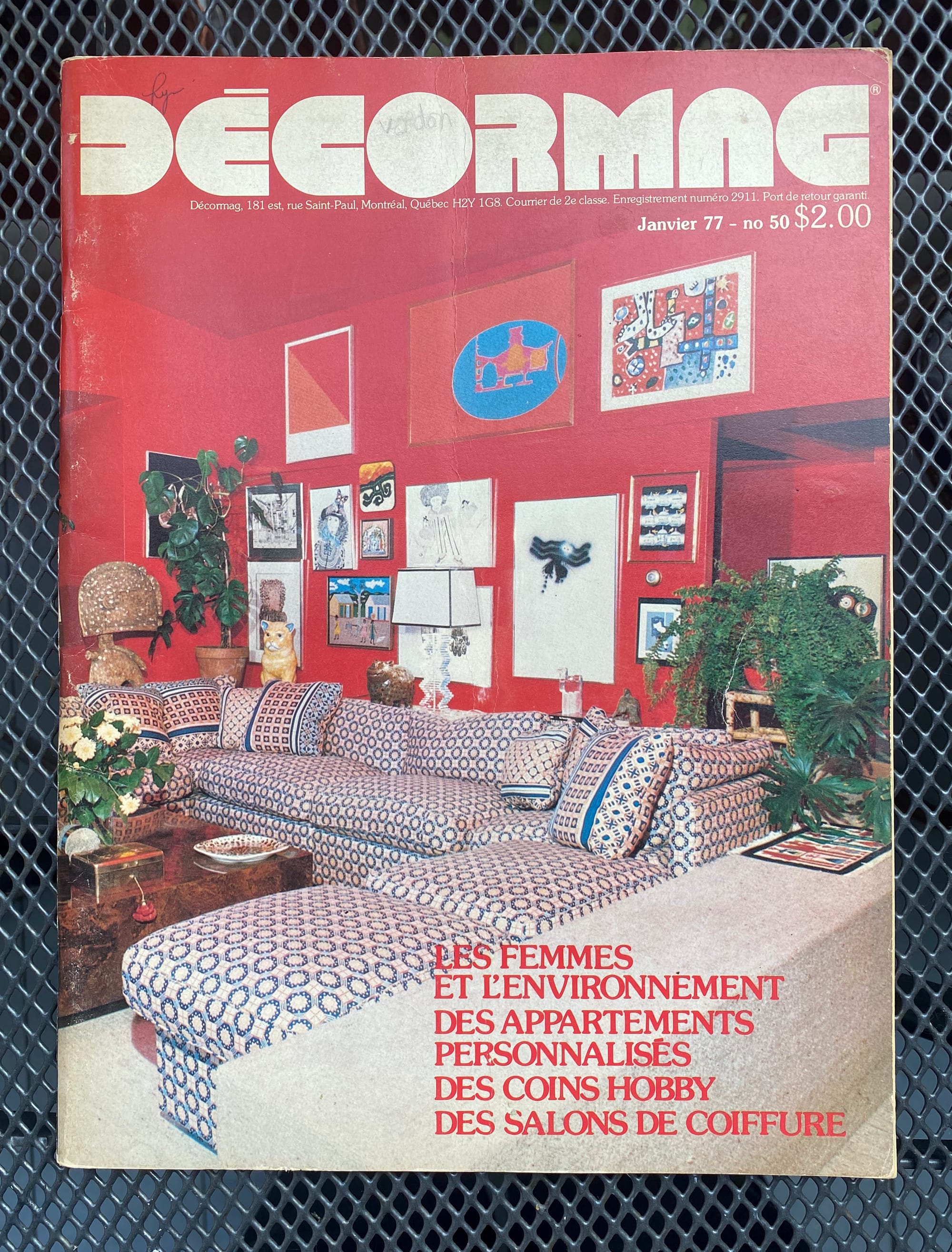
Suddenly, you're confronted with a room from half a century ago that forces you to make a judgment call on whether or not painting walls and ceiling red is a wise choice.
Flip through the issue and you'll face similar quandaries, like whether pairing floral wallpaper with a polka dot bedspread is something you appreciate or despise:
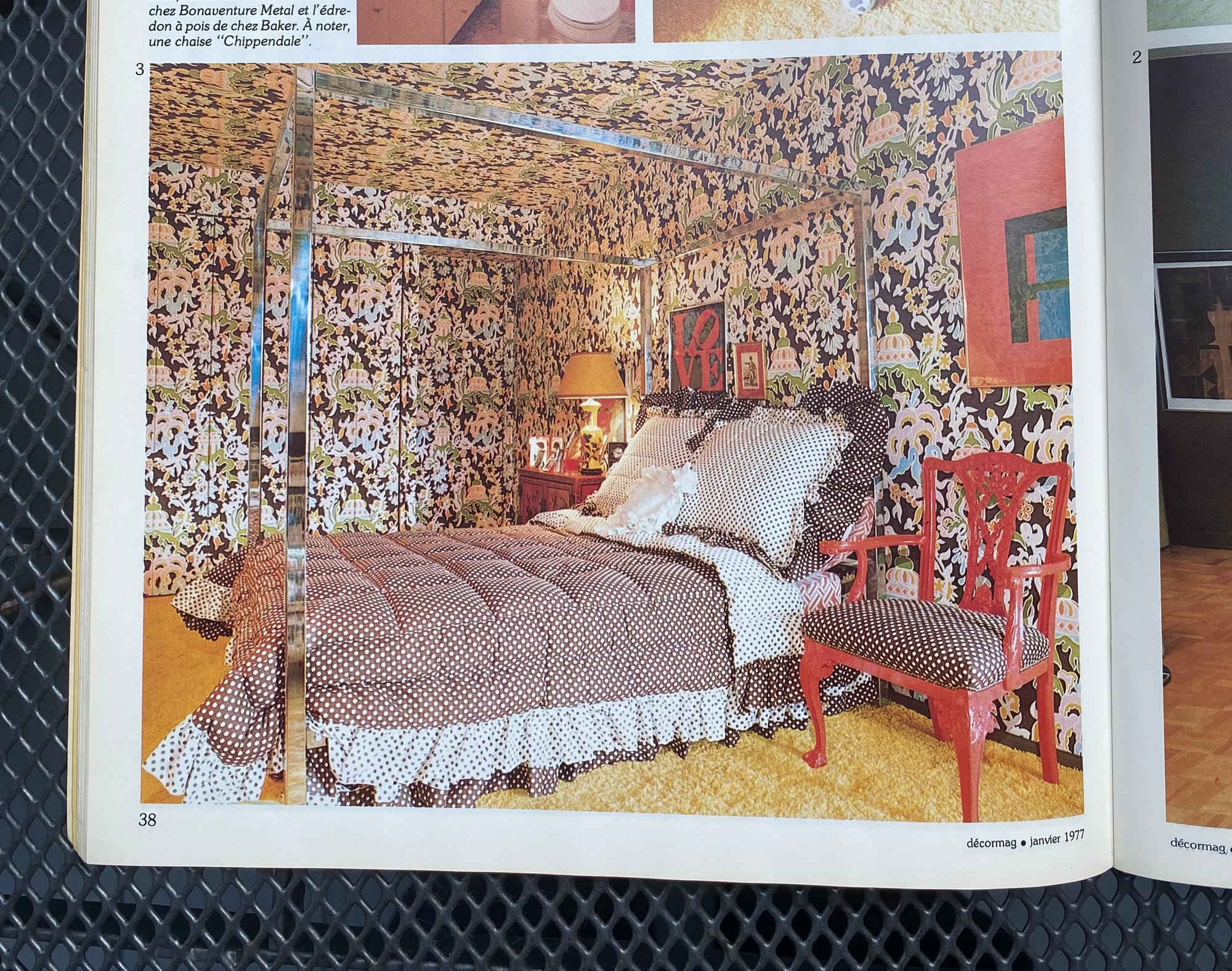
By making it a routine to absorb off-the-grid imagery, you'll train yourself to make confident design decisions and feed your imagination with material that deserves a second look.
Listen to the poets
What does poetry have to do with interior design? Like poring over ancient decorating magazines, attending to the words of poets is a way of sharpening your perception. Poets have a way of condensing their observations into forms so powerful they make you see the world anew. And fresh seeing is a reliable starting point for making your space speak to you.
Poets can be stunningly direct. In the fourth stanza of her poem "Sometimes", Mary Oliver pronounces:
Pay attention.
Be astonished.
Tell about it.
These three instructions also apply to making your home uniquely yours. "Telling about it" might take the form of choosing what delights you and arranging these things in a meaningful way.
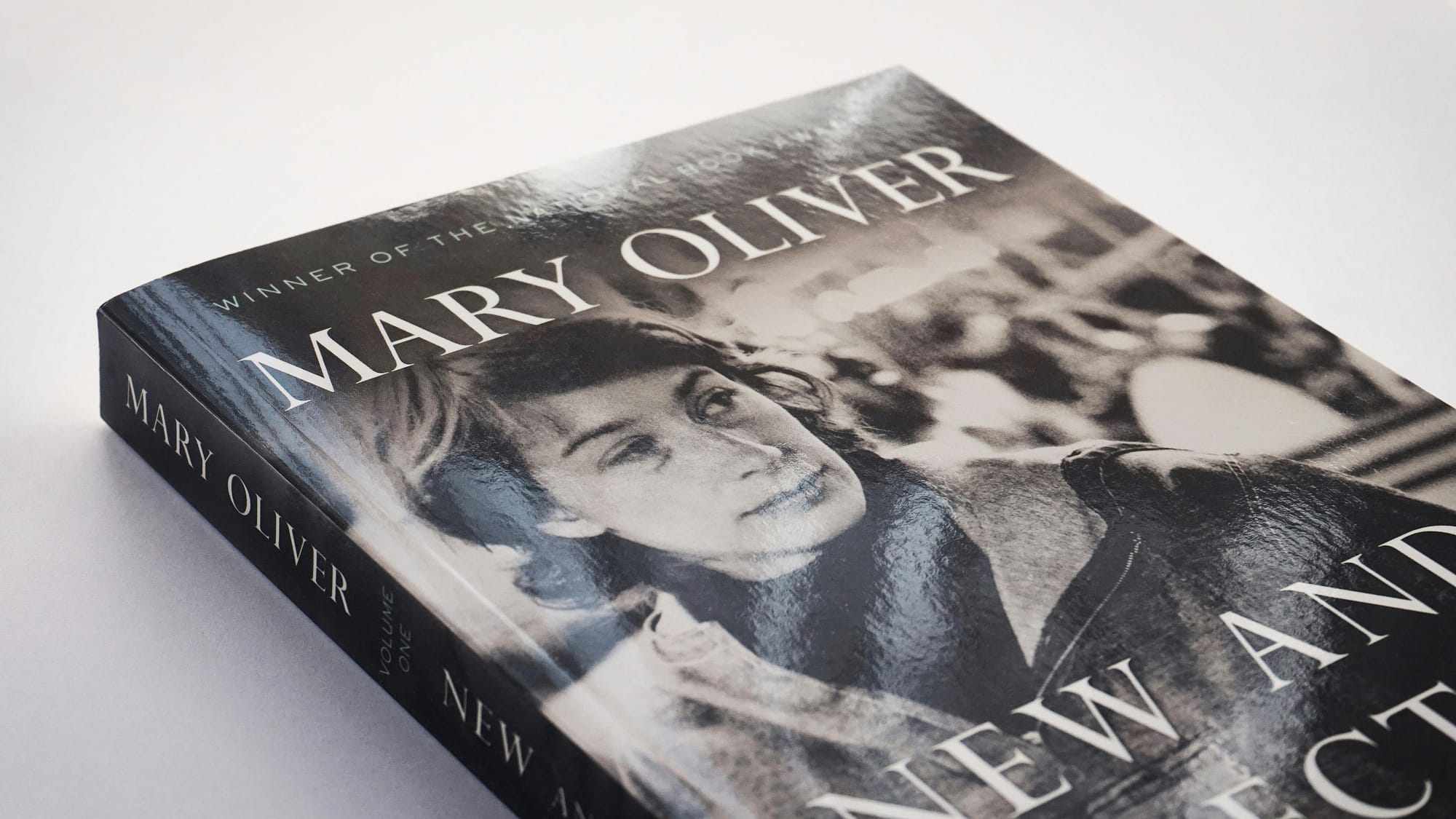
Employ 'the tea bag effect'
In a recent issue of Apartamento magazine, famous French industrial designer Ronan Bouroullec describes his creative process with an unusual analogy:
Ever since reading the interview, I haven't been able to get this tea bag concept out of my head. It articulates something I've been trying to get at in this newsletter, but never expressed so simply.
It's an encouraging analogy because it invites you to experiment. Who knows what potent but neglected objects you might have tucked away in a cupboard or drawer? It's up to you to find them, try them out in your space, and make some fragrant and delicious tea.
Tip: Although the article isn't online, you can buy this Apartamento issue and have it mailed to you.
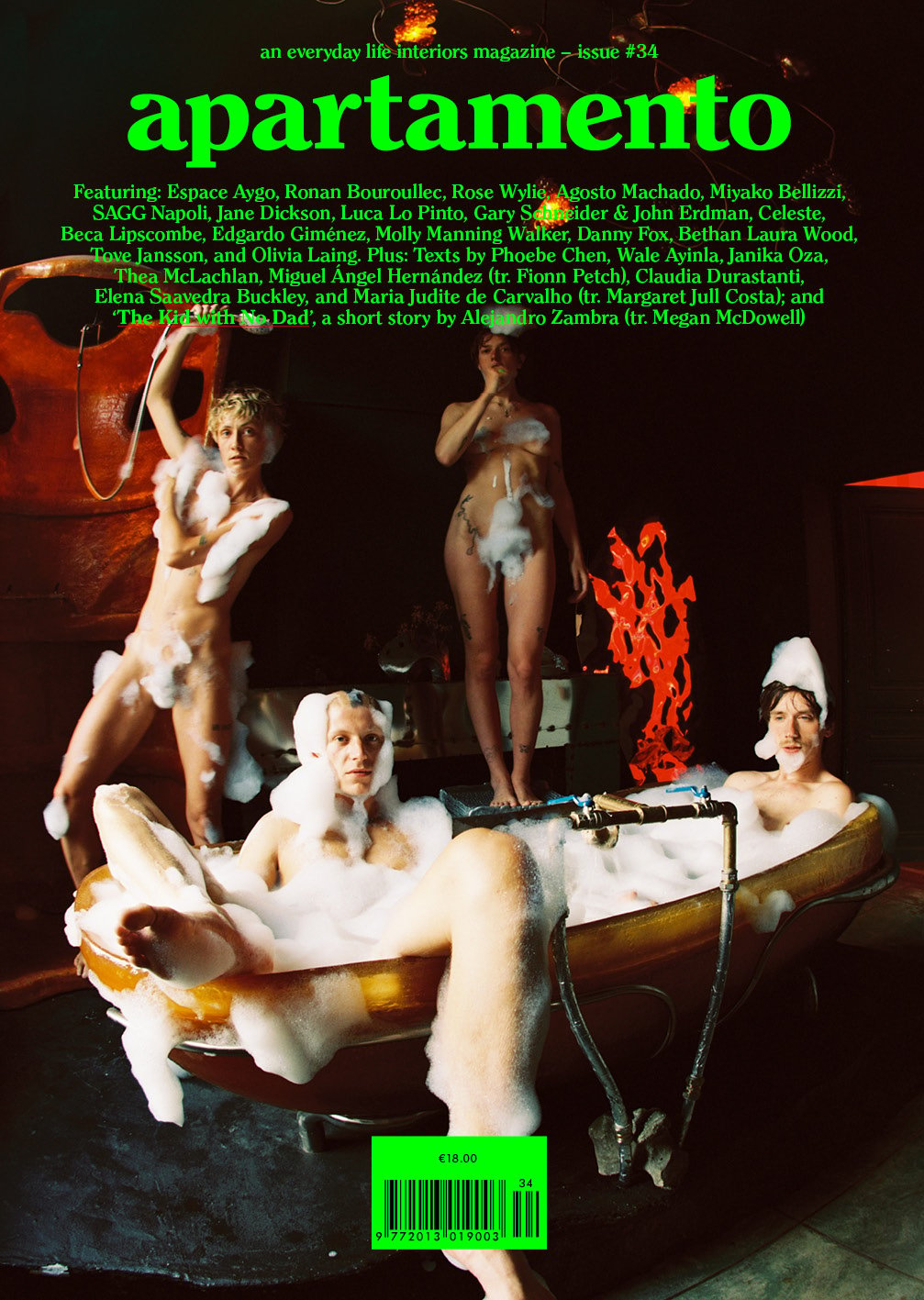
Thank you for reading.





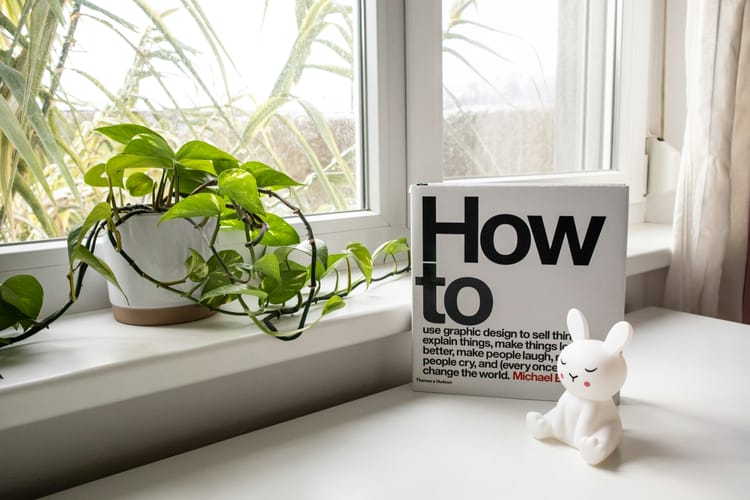
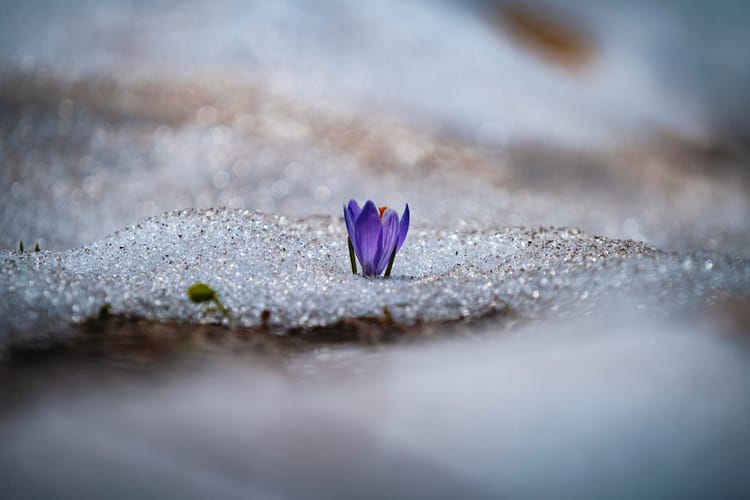
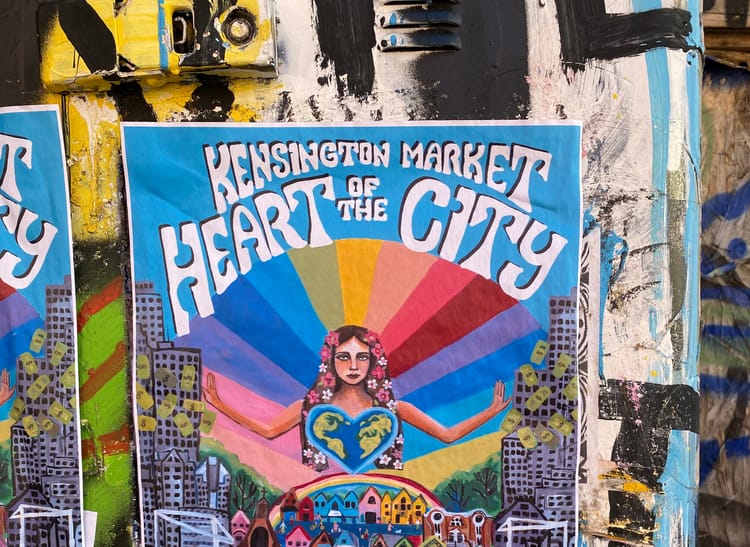
Member discussion